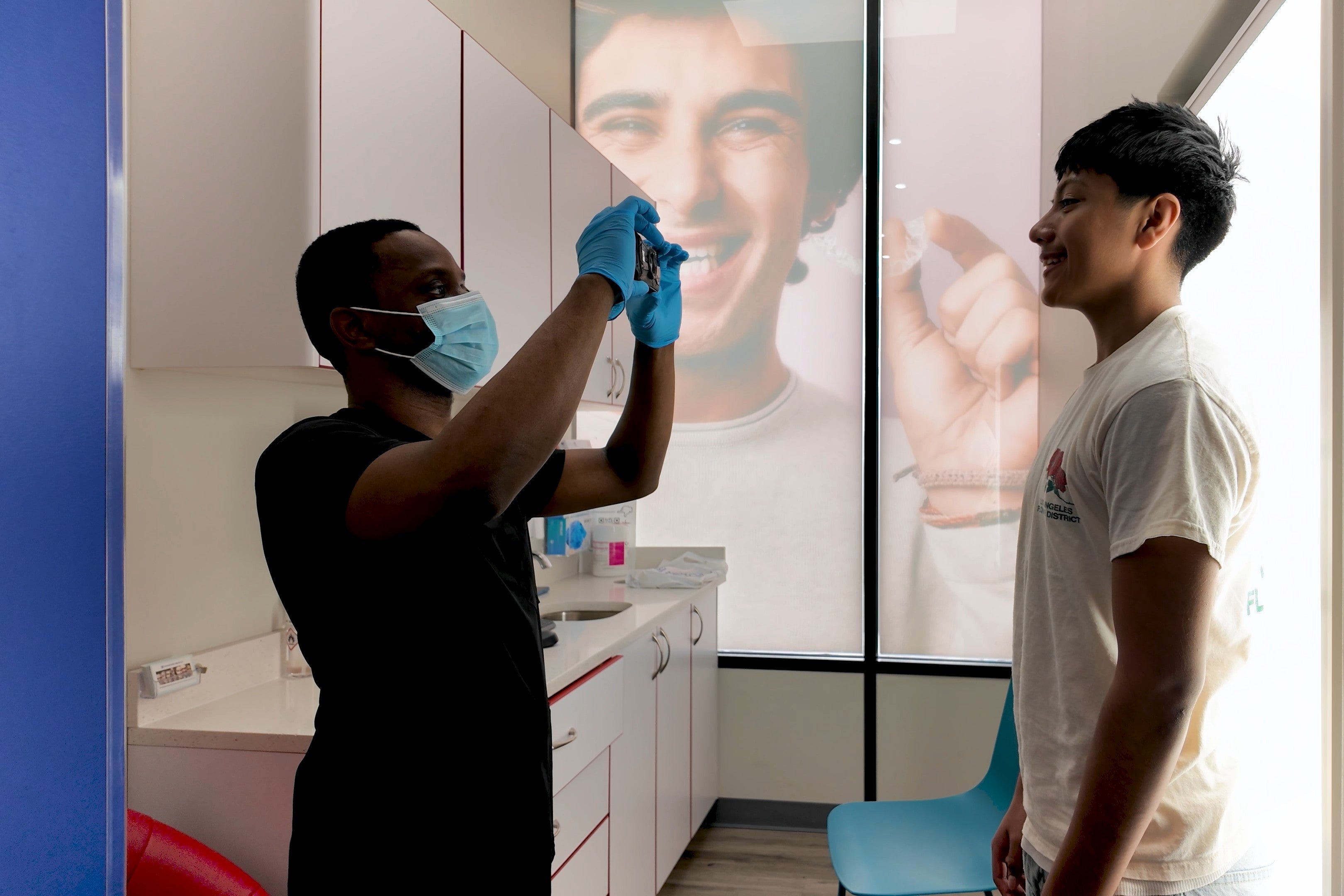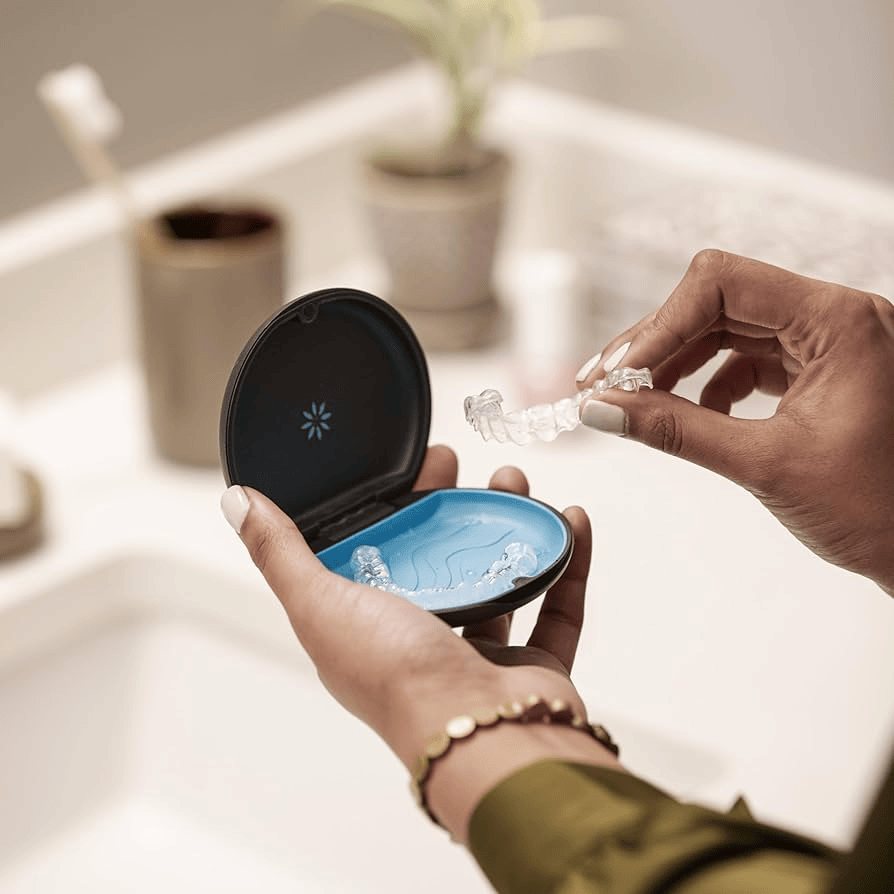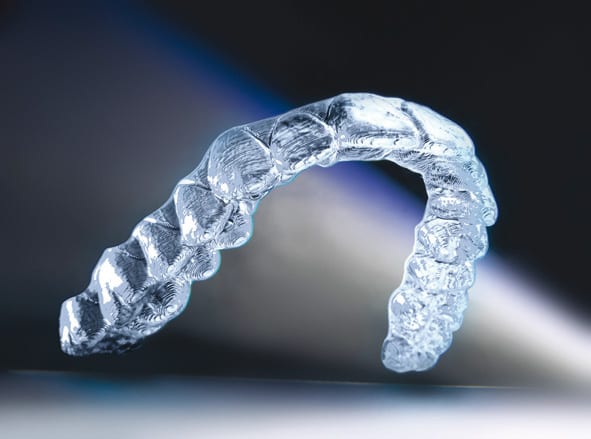Becoming a dental assistant doesn’t require a four-year degree, but it does involve choosing the right educational program, understanding state credentialing requirements, and planning for the associated costs. This guide covers school formats, certification options, tuition ranges, and how dental assistant training compares to other roles in dentistry.
Table of contents
Understanding Dental Assistant Tuition Breakdown
What’s Included in Dental Assistant Program Costs?
When evaluating tuition, it’s important to understand what’s included beyond classroom instruction. Dental assistant programs often bundle lab access, clinical fees, and required materials into the total cost, but policies vary by institution.
Typical program expenses include:
Lab kits, uniforms, textbooks, and radiation safety equipment
Externship fees and liability insurance
DANB exam registration, CPR certification, and background checks
Dental Assistant School Requirements
Is Dental Assistant School Hard?
Dental assistant school requires dedication but is generally considered accessible compared to many healthcare education paths. Programs focus on anatomy, infection control, dental materials, radiography, and clinical practice. Students are expected to complete both didactic and hands-on components, including a dental assistant externship.

What Are Dental Assistant Education Requirements?
Most programs require a high school diploma or GED. Some may request immunization records, entrance testing, or background checks. Accredited dental assistant programs often list education requirements and prerequisites clearly on their admissions pages.

Dental Assistant Program Cost, Tuition and Financial Aid
Dental assistants pursuing certification must consider not just the tuition, but also associated costs like exam registration, supplies, and clinical fees. Programs vary in length and structure, but most provide a clear pathway to employment within 12 months. Understanding what’s covered—such as lab kits, textbooks, or externship insurance—helps prospective students budget effectively and identify potential sources of aid before enrolling.
.
How Much Does A Dental Assistant Certification Cost?
Tuition varies by institution type. Dental assistant community college programs often range from $3,000 to $6,000, while private vocational schools may cost between $8,000 and $15,000. These figures typically include tuition, lab fees, books, and clinical supplies.
Are There Free Dental Assistant Training Programs?
Yes. Some workforce development agencies offer free dental assistant training in partnership with local clinics or nonprofit health organizations. Other programs qualify for federal financial aid, scholarships, or employer tuition reimbursement.

Certified Dental Assistant Programs, Credentialing and License
How Long Is Dental Assistant School?
Most certificate or diploma programs take 9 to 12 months to complete. Some associate degree tracks extend to 18–24 months and may include general education requirements.
What Dental Assistant Certification Should You Consider?
Dental assistants can pursue the CDA (Certified Dental Assistant) credential through the Dental Assisting National Board (DANB), which often requires formal education plus clinical experience. Additional credentials may include radiography, sealant, coronal polishing, and nitrous oxide monitoring, depending on state regulations.
Dental Assistant CE Requirements
Many states recognize dental assisting national board (DANB) certification as a pathway to licensure. Continuing education (CE) is typically required to maintain credentials, especially in expanded function roles.
Dental Hygienist vs. Assistant School
Can You Be a Dental Hygienist Without a Degree?
No. Unlike dental assistants, dental hygienists must complete an accredited associate degree program, typically 2–3 years in length. These programs include coursework in periodontics, pharmacology, and clinical science.
How Does A Dental Assistant Degree Compare?
Dental assistant education is shorter, less expensive, and generally non-degree based. This makes it ideal for individuals seeking quicker entry into healthcare. While assistants perform more supportive tasks, hygienists operate independently for preventive care.
Dental Assistant Online Classes and Hybrid Programs
PLACEHOLDERFull-time dental assistants generally work 32–40 hours per week, often with predictable daytime hours and limited weekend responsibilities. Benefits may include healthcare, paid time off, and overtime pay depending on the practice.
Can Dental Assistant Clinical Training be done Online?
Yes. Many programs offer hybrid or online dental assistant classes for the didactic portion, followed by in-person clinical training and externship hours at affiliated dental offices.
How You Should Choose Your Dental Assistant Continued Education
Online and hybrid programs are ideal for students who need scheduling flexibility, while fully in-person formats are often better suited for those who benefit from hands-on instruction and direct mentorship in lab settings.
Choosing the Right Dental Assistant Program Format
The format you choose—online, in-person, or hybrid—can significantly affect your experience and ability to balance school with work or family obligations. Each pathway offers distinct advantages depending on your learning style and schedule.
Compare your options:
Online programs offer flexibility but require strong self-discipline and tech access
Hybrid programs combine online theory with in-person lab days and externships
In-person programs provide hands-on mentorship and structured pacing
Accelerated formats may condense training into 6–9 months with intensive schedules
Selecting the right format helps ensure you meet clinical competency requirements while staying on track for certification and job readiness.
What to Expect During Dental Assistant Training
Dental assistant programs blend classroom instruction with hands-on clinical experience. Whether you’re in a hybrid or in-person format, understanding how the training is structured can help you prepare for certification and future job responsibilities.
Clinical Skills Covered in Dental Assistant Programs
Most programs include lab sessions and simulation training to prepare students for real-world patient care. These modules help build core competencies before externship placement.
Topics typically include:
Infection control procedures and operatory disinfection
Four-handed dentistry, instrument transfer, and tray setup
Radiographic positioning and digital x-ray techniques
Taking dental impressions and assisting with restorations
Externship Expectations and Real-World Experience
Externships are mandatory in many programs and give students exposure to live clinical settings. Students are assigned to general or specialty practices to shadow and assist experienced dental teams.
Duties often include:
Seating and dismissing patients
Assisting during exams and routine procedures
Charting patient notes and learning dental software systems
Observing sterilization protocols and operatory turnover
How much does dental assistant certification cost?
Cost of Dental Assistant Associate Degree Programs
Dental assistant certification programs vary in price depending on the institution and program format. On average, certification training costs range from $3,000 to $7,000 for community or technical college programs. Private vocational schools may charge more—sometimes upwards of $10,000 to $15,000. Costs generally include tuition, lab materials, textbooks, and registration for board exams such as the DANB.
What is the minimum level of education that all states require of dental assistants?
What’s the minimum education needed to work as a dental assistant? In most states, dental assistants must have at least a high school diploma or GED to be eligible for entry-level roles. While a few states allow on-the-job training without formal credentials, the majority require a basic level of education for performing clinical or administrative duties.
What is a dental assistant certificate?
A dental assistant certificate refers to a formal credential awarded after completing an accredited program or passing a certification exam, such as the one offered by the Dental Assisting National Board (DANB). Earning certification demonstrates that the assistant has training in patient care, infection control, and essential office procedures.
Do you need an associate's degree to be a dental assistant?
Not necessarily. Most dental assistants enter the field through either a certificate program or an associate degree, and both are valid pathways depending on state regulations. While some professionals earn both, many entry-level roles only require a certificate and clinical training.
Do dental assistants go to dental school?
No. Dental assistants do not attend dental school. Instead, they complete a dental assisting program, which may last from several months to two years. These programs prepare them to assist dentists with procedures, manage equipment, and perform administrative duties—based on their state's licensing requirements.
Conclusion
Dental assistant education offers multiple pathways—from online certificate programs to on-campus diplomas—with costs and timelines that vary by region and institution type. With nationally recognized credentials like the CDA and flexible learning options, this field remains one of the most accessible and affordable ways to enter the healthcare workforce. Understanding your certification options, training requirements, and financial aid opportunities is key to making an informed decision.






